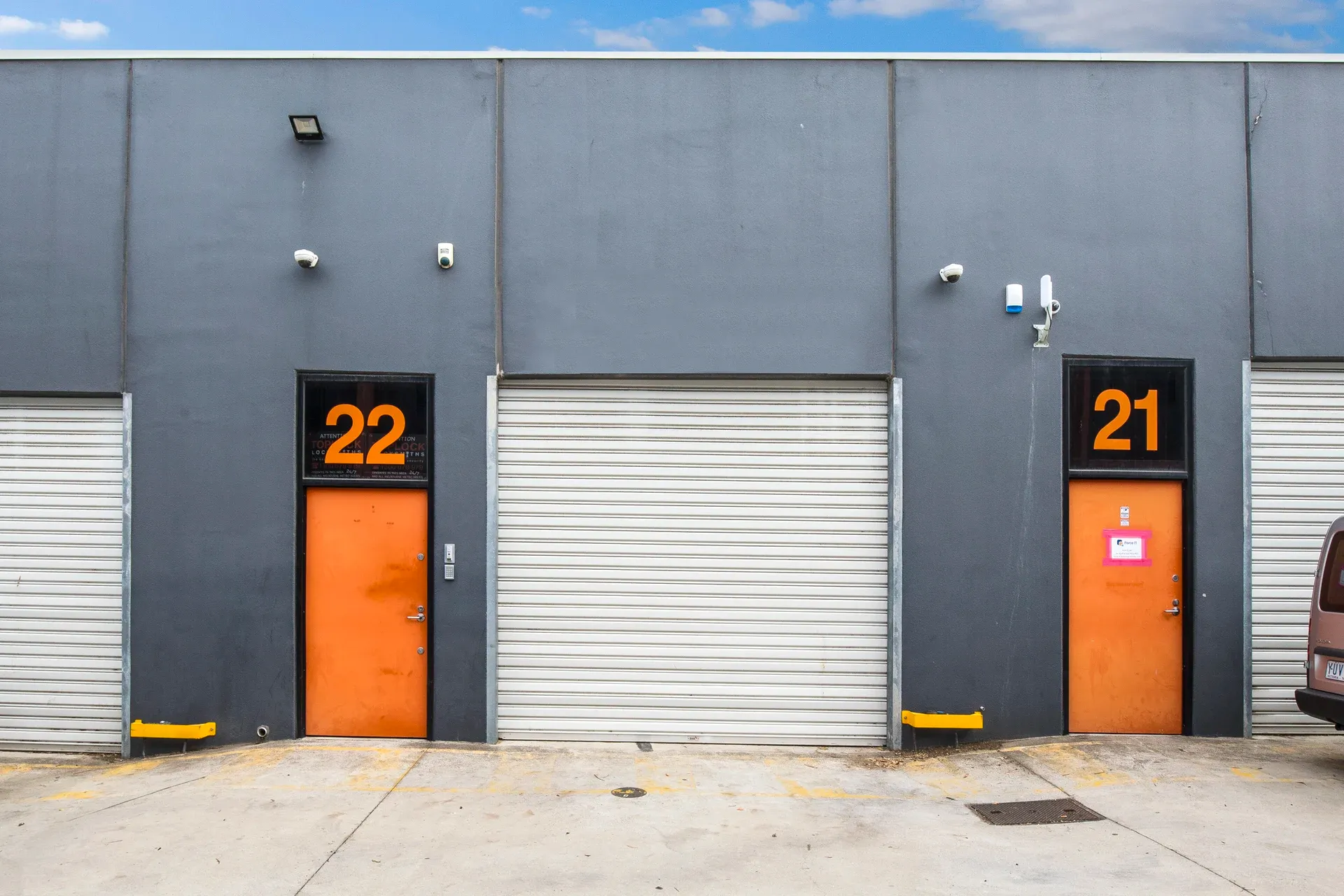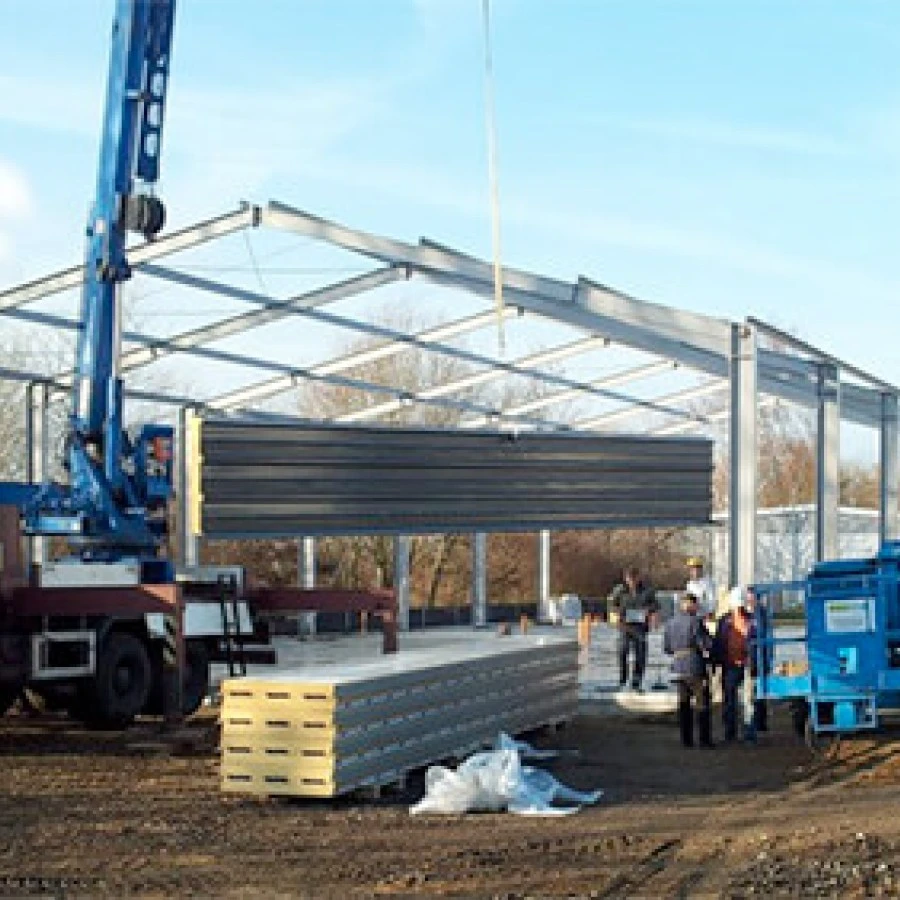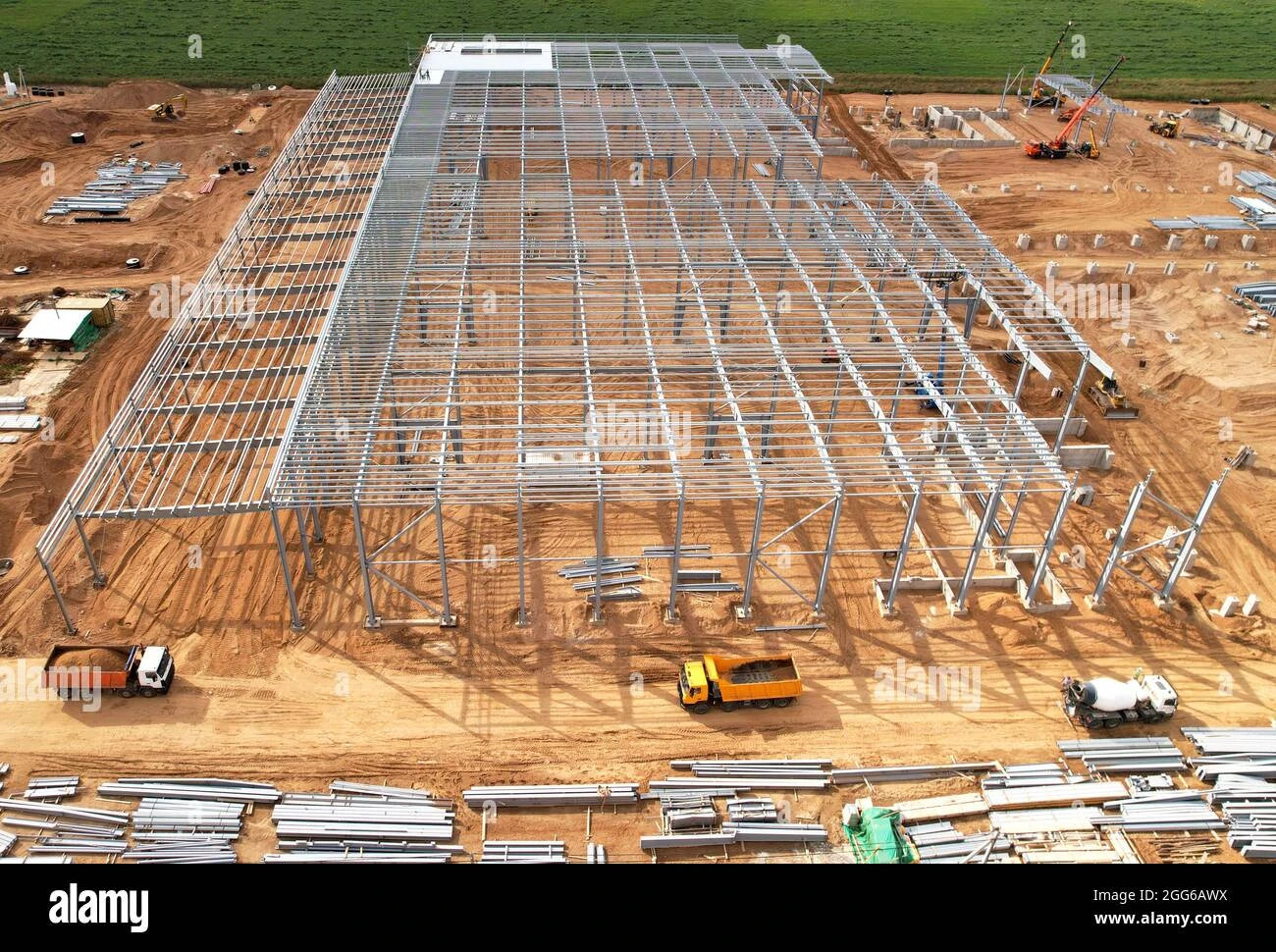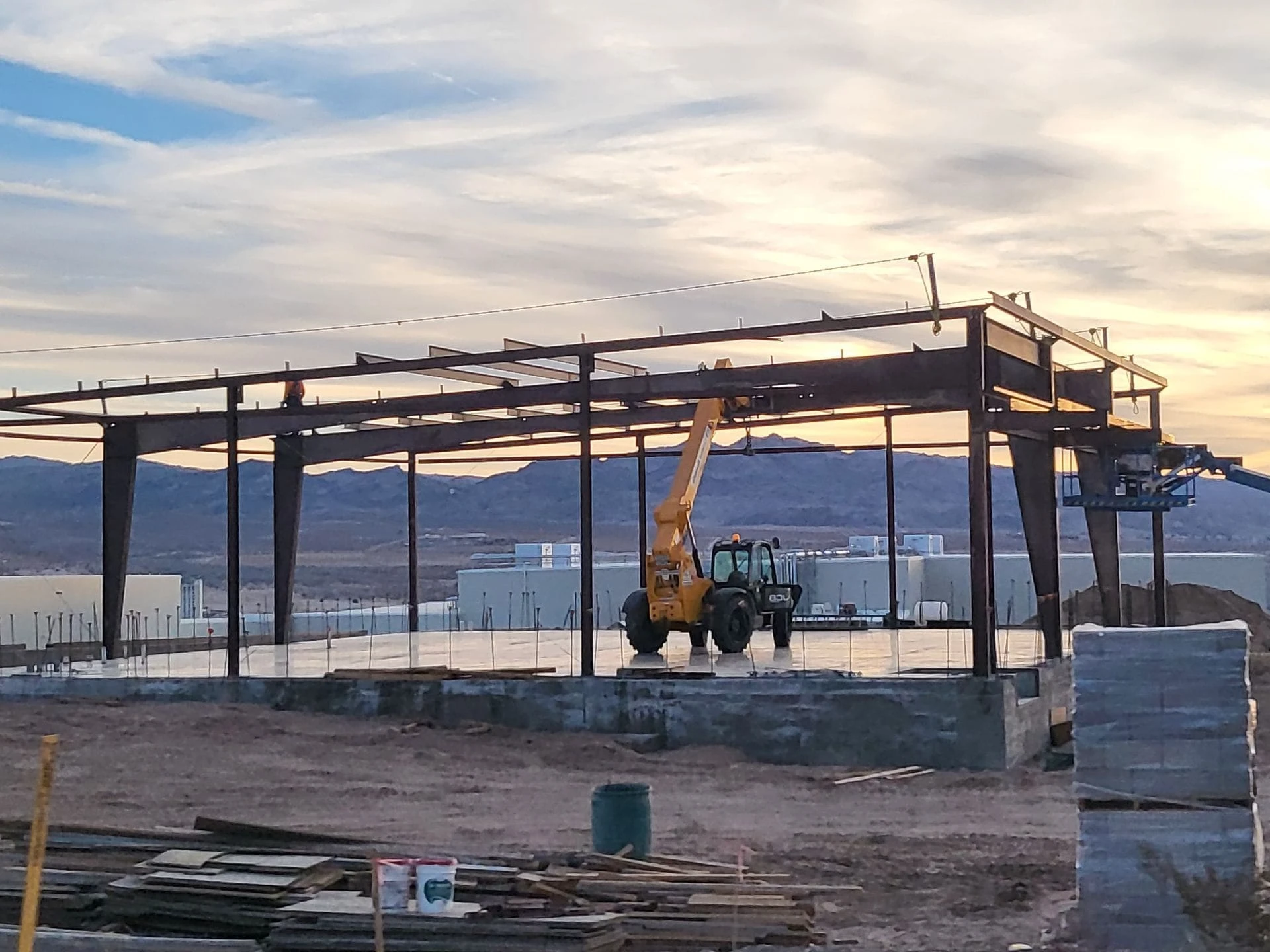- Afrikaans
- Albanian
- Amharic
- Arabic
- Armenian
- Azerbaijani
- Basque
- Belarusian
- Bengali
- Bosnian
- Bulgarian
- Catalan
- Cebuano
- Corsican
- Croatian
- Czech
- Danish
- Dutch
- English
- Esperanto
- Estonian
- Finnish
- French
- Frisian
- Galician
- Georgian
- German
- Greek
- Gujarati
- Haitian Creole
- hausa
- hawaiian
- Hebrew
- Hindi
- Miao
- Hungarian
- Icelandic
- igbo
- Indonesian
- irish
- Italian
- Japanese
- Javanese
- Kannada
- kazakh
- Khmer
- Rwandese
- Korean
- Kurdish
- Kyrgyz
- Lao
- Latin
- Latvian
- Lithuanian
- Luxembourgish
- Macedonian
- Malgashi
- Malay
- Malayalam
- Maltese
- Maori
- Marathi
- Mongolian
- Myanmar
- Nepali
- Norwegian
- Norwegian
- Occitan
- Pashto
- Persian
- Polish
- Portuguese
- Punjabi
- Romanian
- Russian
- Samoan
- Scottish Gaelic
- Serbian
- Sesotho
- Shona
- Sindhi
- Sinhala
- Slovak
- Slovenian
- Somali
- Spanish
- Sundanese
- Swahili
- Swedish
- Tagalog
- Tajik
- Tamil
- Tatar
- Telugu
- Thai
- Turkish
- Turkmen
- Ukrainian
- Urdu
- Uighur
- Uzbek
- Vietnamese
- Welsh
- Bantu
- Yiddish
- Yoruba
- Zulu
Sep . 03, 2024 03:30 Back to list
The Rise of Steel Modular Construction
In recent years, the construction industry has seen a significant shift towards modular construction techniques, with steel becoming the material of choice for many innovative projects. Steel modular construction involves prefabricating building components in a factory setting before transporting them to the construction site for assembly. This method offers numerous advantages, elevating efficiency and sustainability in the building sector.
One of the primary benefits of steel modular construction is speed. Traditional building methods often require extensive on-site labor and can lead to delays due to weather conditions or logistical issues. In contrast, modular construction allows for components to be crafted in controlled environments, enabling faster production timelines. Once the modules are transported to the site, they can be assembled quickly, significantly reducing the overall construction period. This speed not only saves time but also minimizes costs associated with extended labor and project overruns.
Moreover, steel’s inherent strength and durability make it an ideal choice for modular construction. Steel structures can withstand extreme weather conditions and seismic activity better than many other materials. This characteristic ensures that buildings not only last longer but also require less maintenance in the long run. Additionally, prefabricated steel components are designed to fit together seamlessly, further enhancing the structural integrity of the final product.
steel modular construction

Sustainability is another compelling reason for the growing popularity of steel modular construction. Steel is one of the most recycled materials in the world, with a significant portion of new steel produced coming from recycled sources. By using steel in modular buildings, the construction industry can reduce waste significantly. Furthermore, the factory environment allows for better control over material utilization, minimizing scrap and ensuring efficient use of resources. The modular nature of these buildings also means that they can be disassembled and relocated, promoting a circular economy within the construction sector.
The aesthetic potential of steel modular construction cannot be overlooked either. Steel allows for versatile designs, including modern, sleek finishes and large open spaces unencumbered by support columns. Architects and designers can push the boundaries of creativity, creating visually striking buildings that meet structural demands.
In addition, the adoption of steel modular construction aligns well with the increasing demand for affordable housing. As urban populations grow, there is a pressing need for quick, cost-effective solutions to housing shortages. Steel modular construction provides a viable answer, enabling developers to deliver high-quality, affordable housing in a fraction of the time it would take using traditional methods.
In conclusion, steel modular construction stands at the forefront of a transformative era in the construction industry. Its advantages in speed, durability, sustainability, and design flexibility position it as an essential solution to modern building challenges. As more stakeholders recognize the potential of this method, it is likely that steel modular construction will continue to grow, reshaping our urban landscapes for the better.
-
Navigating the World of Steel Building Services: Who to Choose?
NewsJun.23,2025
-
How Do Steel Frame and Prefab Building Factories Shape Modern Construction?
NewsJun.23,2025
-
How Do Steel and Metal Structures Shape Modern Industrial Spaces?
NewsJun.23,2025
-
How Do Prefab Buildings of Various Sizes Meet Modern Construction Needs?
NewsJun.23,2025
-
How Do Factory Buildings and Metal Structures Redefine Industrial Infrastructure?
NewsJun.23,2025
-
Exploring Key Aspects of Industrial Building Development: What You Need to Know?
NewsJun.23,2025
Products categories
Our Latest News
We have a professional design team and an excellent production and construction team.











